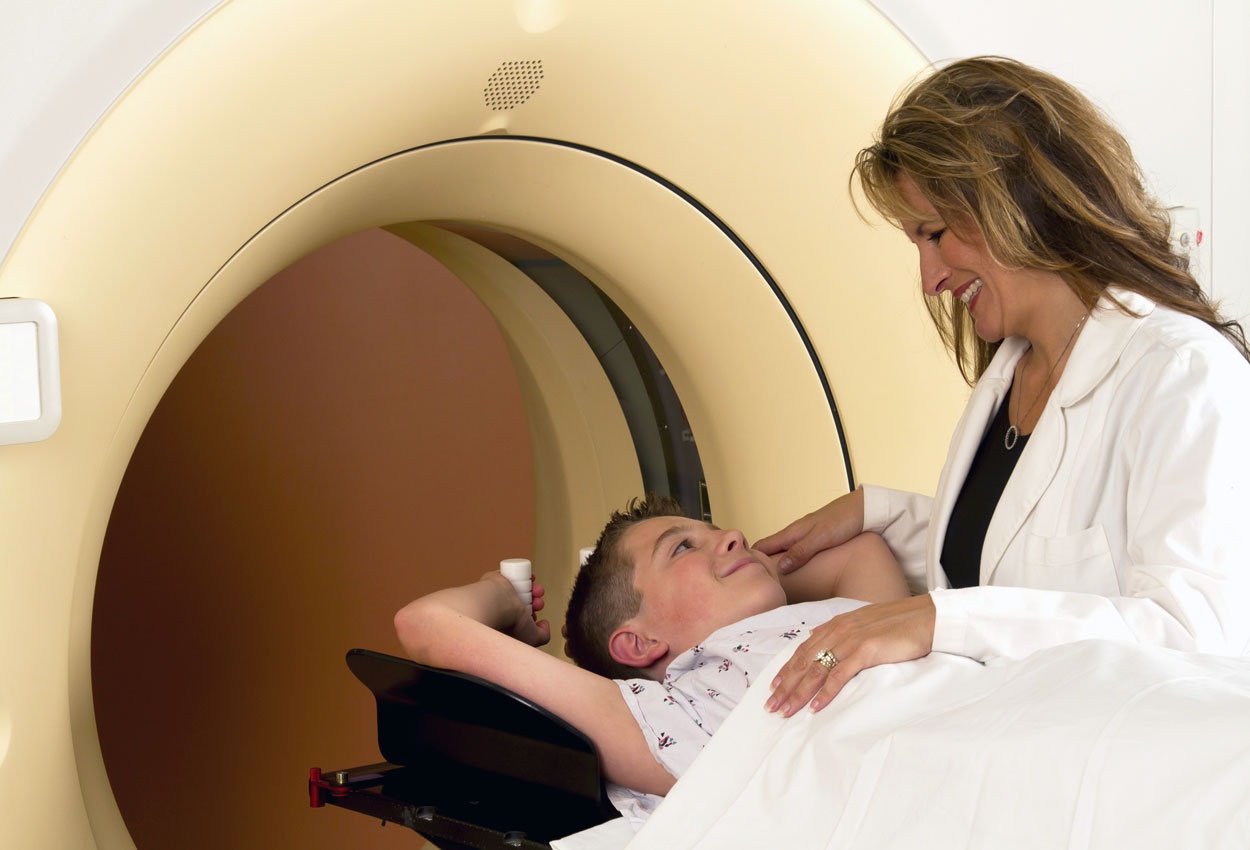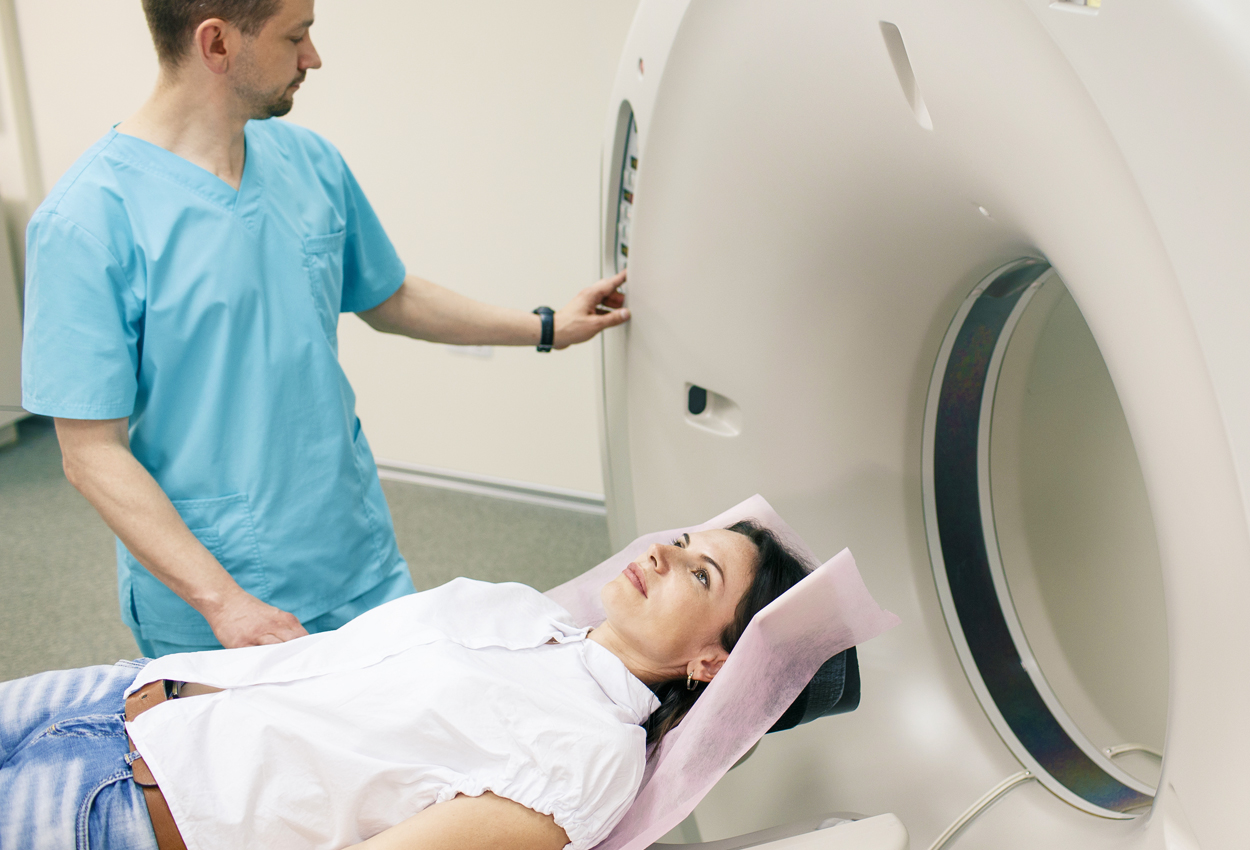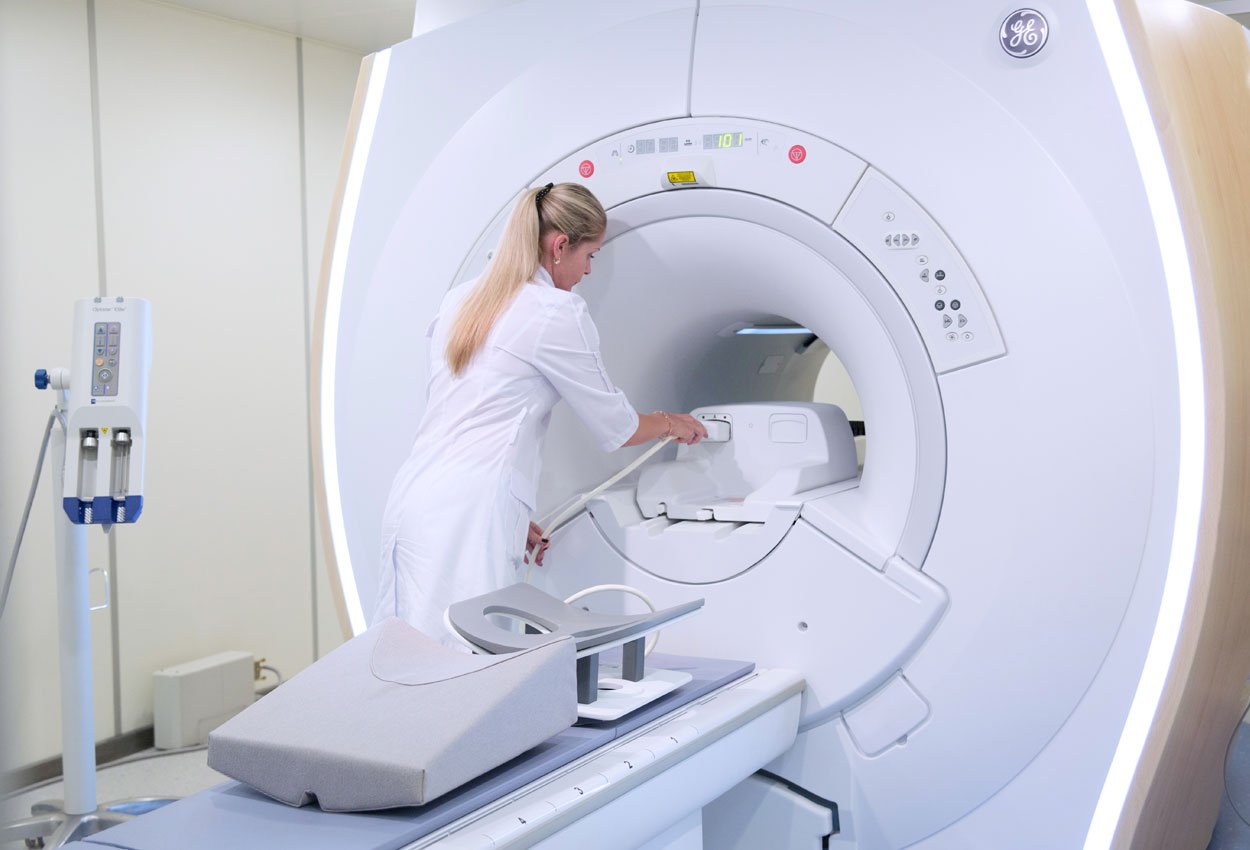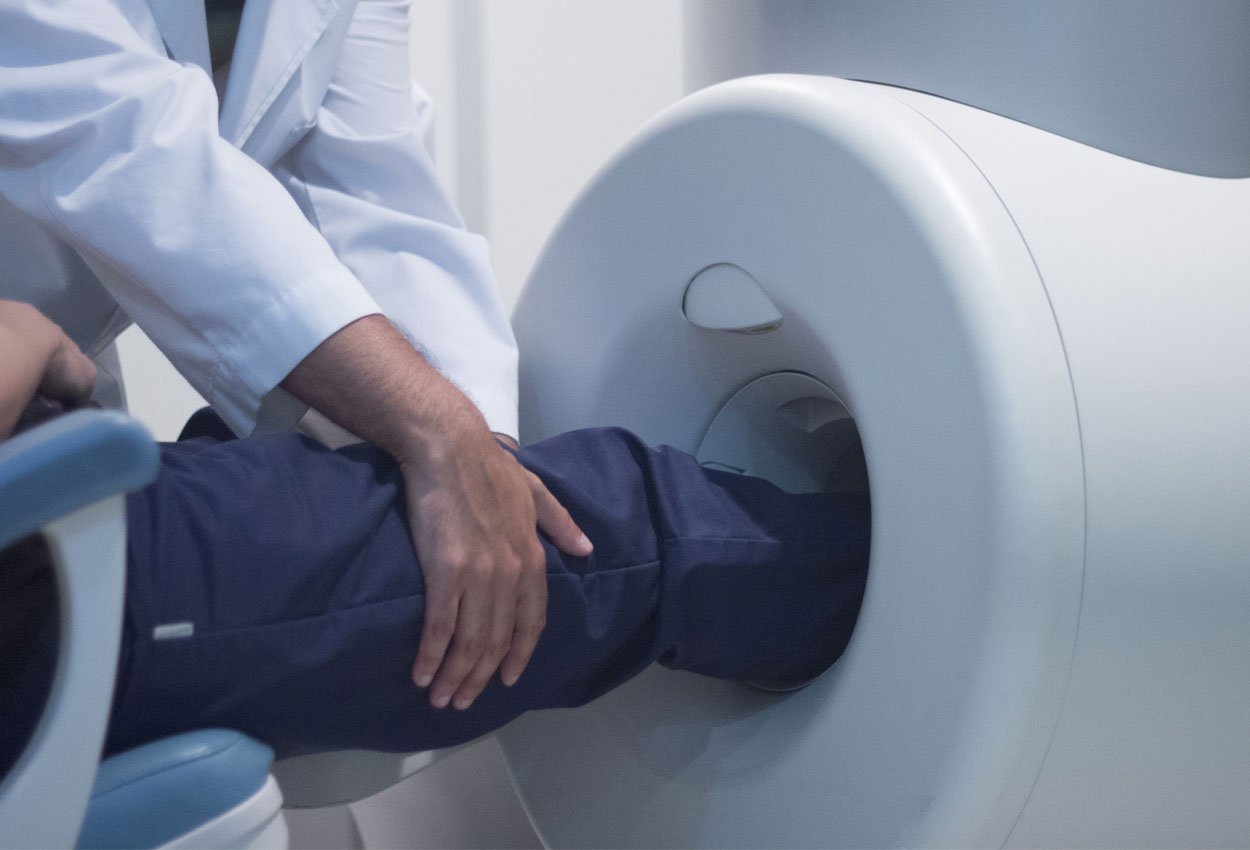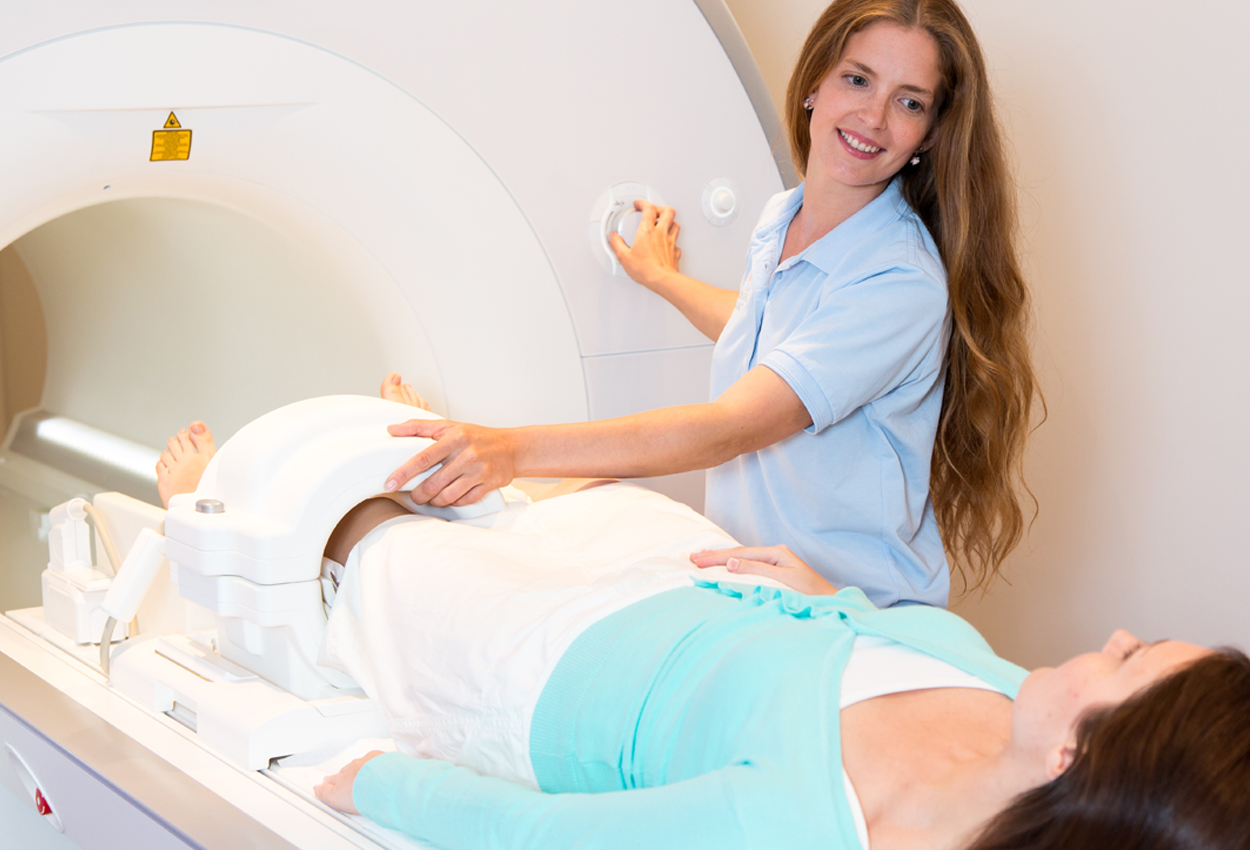MRI scans can be used to examine almost any part of the body including bones and joints, the heart and blood vessels, and internal organs like the liver.
When radiologists introduce a new procedure into their institution, or they want to improve an existing protocol, it’s common practice to turn to those that live and breathe that procedure for advice.
Choosing the right contrast and drinking protocol has a direct impact on an imaging department’s productivity.
What do you do when pediatric patients can’t ingest the required amount of contrast for enterography?
The Department of Radiology at the Cincinnati Children’s Hospital Medical Centercompared two neutral oral contrast agents and published their findings (Comparison of Two Neutral Oral Contrast Agents...
Approximately 2 million MRI procedures cannot be completed worldwide due to patient anxiety disorders or claustrophobia. With an average reimbursement of $500 (U.S.) per MRI scan, this is equal to $1...
It has been shown that mammography is the most effective screening modality for the detection of breast cancer, reducing mortality by 20-30%.1
Skin marking in MRI has evolved over the years in an attempt to keep up with the technology it supports. With recent advancements in hardware and improved sensitivity of surface coils, imaging in a...
“Skin marker placement can aid in detection of clinically important imaging finding and technologist training aids increased rates of marker placement and improved correlation. Therefore, marker...




